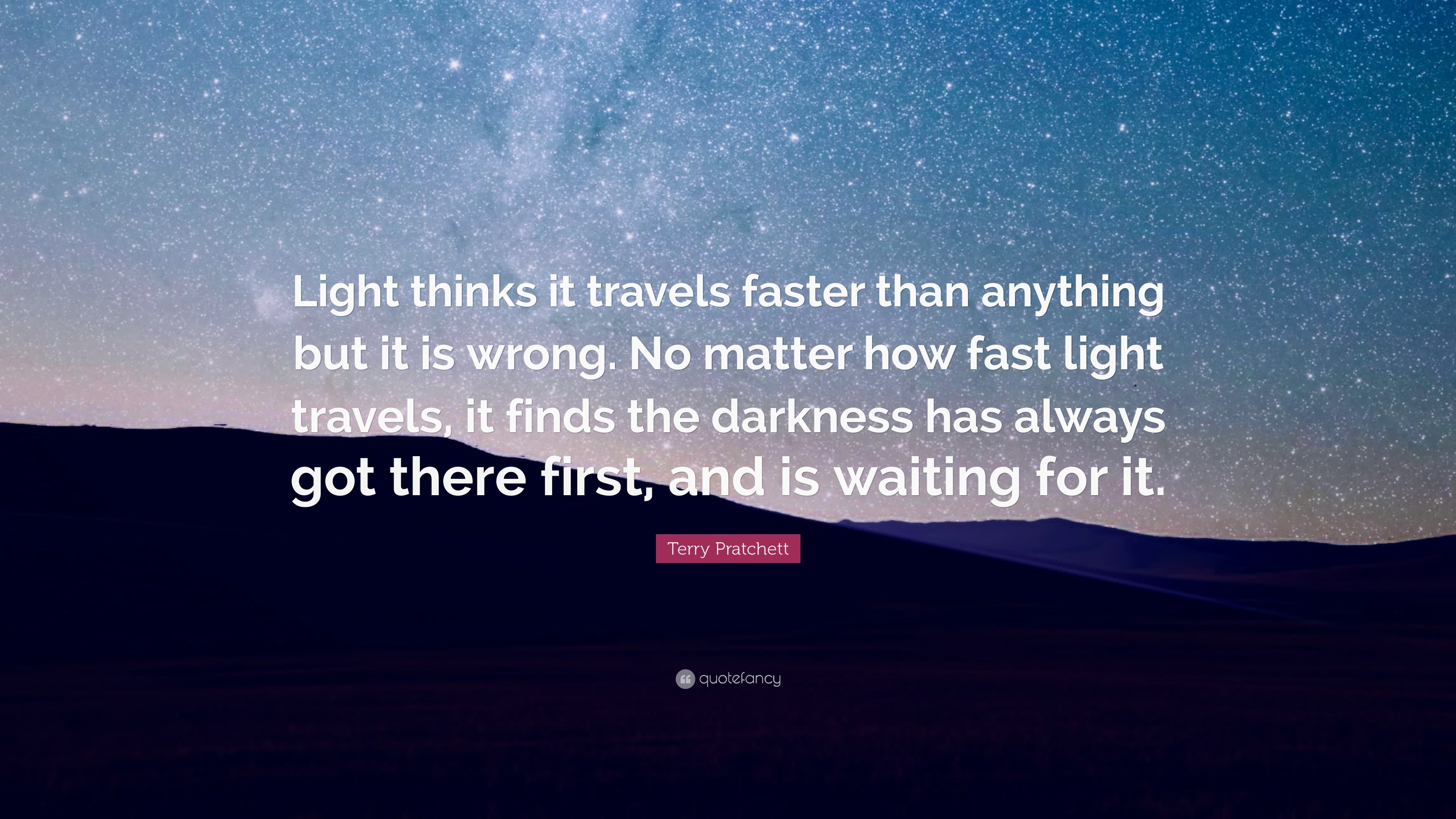
But it’s really the hard scientific evidence for light goes slower when it’s lower. This is said to be the hard scientific evidence for gravitational time dilation. An optical clock goes slower when it’s lower. And when an optical clock goes slower, it’s because the optics goes slower: ytterbium lattice double clock image from NISTĪnd when does an optical clock go slower? See the interview with David Wineland of NIST: “if one clock in one lab is 30cm higher than the clock in the other lab, we can see the difference in the rates they run at”. When a clockwork clock goes slower it’s because the clockwork goes slower. It isn’t some cosmic gas meter with time flowing through it. So, what if I showed you an optical clock going slower? An optical clock is typically an atomic clock which employs ytterbium atoms instead of caesium atoms, and visible light instead of microwaves. Whatever the reason, you’d know that your clock was going slower because the clockwork was going slower.

Perhaps the oil was drying out and gumming up the works. You’d know that it was due to some issue with the mechanism. If you had a clockwork clock that was running slow, and I told you it was because time was running slow inside the clock, you’d laugh in my face. Especially since “the constant speed of light was to become one of the two main planks of his Special Theory of Relativity”. And that in 1905, Einstein realized that “the whole idea of aether as a medium for light to travel in was totally unnecessary”. He also says it was the young Einstein’s genius to explain why. Instead he says regardless of the speed of a light source and regardless of your speed, the “light still travels at a steady 300,000 km/s, completely contrary to classical physics and common sense”. However he doesn’t mention gravitational lensing. Mastin also says when light moves from one medium to another, its speed “can of course change depending on the new medium’s index of refraction, and this “bending” of light is essentially how lenses work”.

He talks about the Michelson-Morley experiment, which “unexpectedly demonstrated that light travels at the same speed regardless of whether it was measured in the direction of the Earth’s motion or at right angles to it”. See for example Luke Mastin’s article on the speed of light and the principle of relativity. Search the internet and you can find lots of articles saying this. But it is said that the speed of light in space does not vary. Note that the speed of sound in air varies, the speed of sound in water varies, and the speed of seismic waves in rock varies. The speed of light in space is said to be constant Other than that, the equation takes the same general form, and the speed of light in space, in “vacuo”, is said to be 299,792,458 m/s or 670,616,629 mph.

There’s a reciprocal because permittivity is a “how easy” measure rather than a “how hard” measure. The equation for the speed of light in the vacuum of space is given as c = 1/√(ε 0μ 0) where ε 0 is vacuum permittivity and μ 0 is vacuum permeability. The equation for the speed of a transverse seismic wave is given as c solid,s = √(G/ρ), where G is the shear modulus and ρ (rho) is the density. The latter are “secondary” transverse waves like light waves. The former are “primary” longitudinal waves like sound waves. Of course in seismology we have P-waves and S-waves. Wikipedia says the propagation velocity depends on the density and elasticity of the medium, and is up to 13 km/s in the deep mantle. In diamond it’s circa 12,000 m/s or 26,843 mph. In steel it’s circa 6000 m/s or 13,421 mph. The speed of sound in sea water is circa 1500 m/s or 3,355 mph.

Celeritas means swiftness or speed, which varies according to the properties of the medium. See Wikipedia and you can read that the speed of sound “is conventionally represented by c, from the Latin celeritas”. You steer a tank to the left in a similar fashion, by slowing down the track on the left. The mud slows down the wheels on the left, so the car pulls to the left. The sonar waves “veer” rather like a car veers when it encounters mud at the side of the road. So a horizontal sonar wave tends to get refracted downwards: Image from FAS and the US Navy, see course ES310 chapter 20 It’s similar for sound waves in the sea, but there the speed of sound typically decreases with depth. Interestingly enough, the speed of sound typically decreases with increasing altitude, so sound tends to get refracted upwards. At that altitude the speed of sound is circa 295 m/s or 660 mph, which is one reason why passenger jets don’t fly as fast as you might like. That’s about 36,000 feet, which is typical for a passenger jet. It usually decreases with altitude up to about 11 kilometres above sea level. The speed of sound in air is sometimes said to be 343.2 metres per second or 768 miles per hour.


 0 kommentar(er)
0 kommentar(er)
